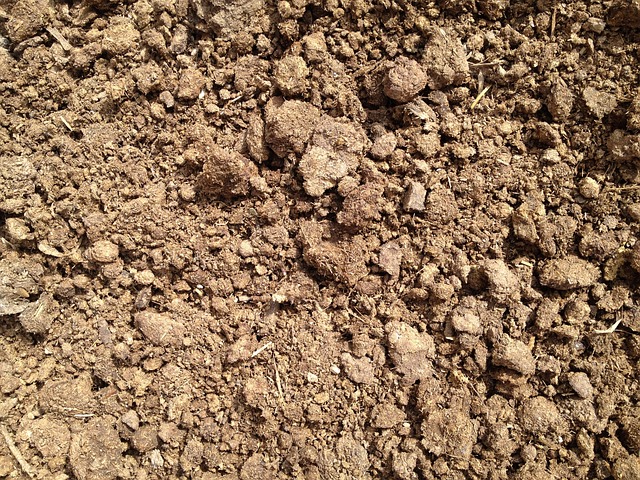The soil is a complex ecosystem that is home to a variety of microorganisms. While many of these microorganisms are beneficial for plant growth, others can be harmful and cause diseases that can damage or even kill plants. In order to protect your plants from harmful microorganisms, it is important to sterilize the soil before planting. In this article, we will discuss various soil sterilization techniques that can help you protect your plants.
- Solarization
One of the easiest and most environmentally friendly ways to sterilize soil is by solarization. This technique involves covering the soil with a clear plastic sheet (There are a few biodegradable options for soil solarization, including sheets made of natural fibers such as jute or burlap. These materials allow air and water to pass through while still providing the necessary coverage for solarization. Some companies also offer biodegradable plastic alternatives made from cornstarch or other plant-based materials. These options are more environmentally friendly than traditional plastic sheets and will break down over time, reducing waste and potential harm to the environment) and leaving it in place for several weeks during the hottest time of the year. The heat from the sun will raise the temperature of the soil to a level that is lethal to many harmful microorganisms. This technique is most effective in areas with high temperatures and strong sunlight. - Steam Sterilization
Steam sterilization involves using high-pressure steam to kill harmful microorganisms in the soil. This technique is commonly used in commercial greenhouses and nurseries. The soil is placed in a container and steam is injected into the container for a set period of time. The temperature and duration of the treatment depend on the type of soil and the desired level of sterilization. - Chemical Sterilization
Chemical sterilization involves the use of chemicals to kill harmful microorganisms in the soil. This technique is effective but can be harmful to the environment and can leave residue that may be harmful to plants. Some common chemicals used for soil sterilization include methyl bromide, chloropicrin, and formaldehyde. However, the use of these chemicals is highly regulated and restricted in many countries. - Oven Sterilization
Oven sterilization is a simple and effective way to sterilize soil. The soil is placed in an oven and heated to a temperature of 180°F (85°C) for 30 minutes. This temperature is high enough to kill most harmful microorganisms without damaging the soil structure or the beneficial microorganisms present in the soil. This technique is ideal for small-scale gardening and is easy to do at home. - Microwave Sterilization
Microwave sterilization is a relatively new technique that involves using microwaves to heat the soil and kill harmful microorganisms. This technique is fast and efficient, but it is not suitable for large-scale gardening. It is also important to use caution when using this technique as the microwaves can cause the soil to become overheated and can create a fire hazard.
Conclusion
Sterilizing soil is an important step in protecting your plants from harmful microorganisms. While there are several soil sterilization techniques available, it is important to choose the one that is best suited for your gardening needs. Solarization and oven sterilization are environmentally friendly and easy to do at home, while steam sterilization and chemical sterilization are more suitable for commercial growers. Regardless of the technique you choose, it is important to follow the instructions carefully to ensure that your soil is properly sterilized and your plants remain healthy.
